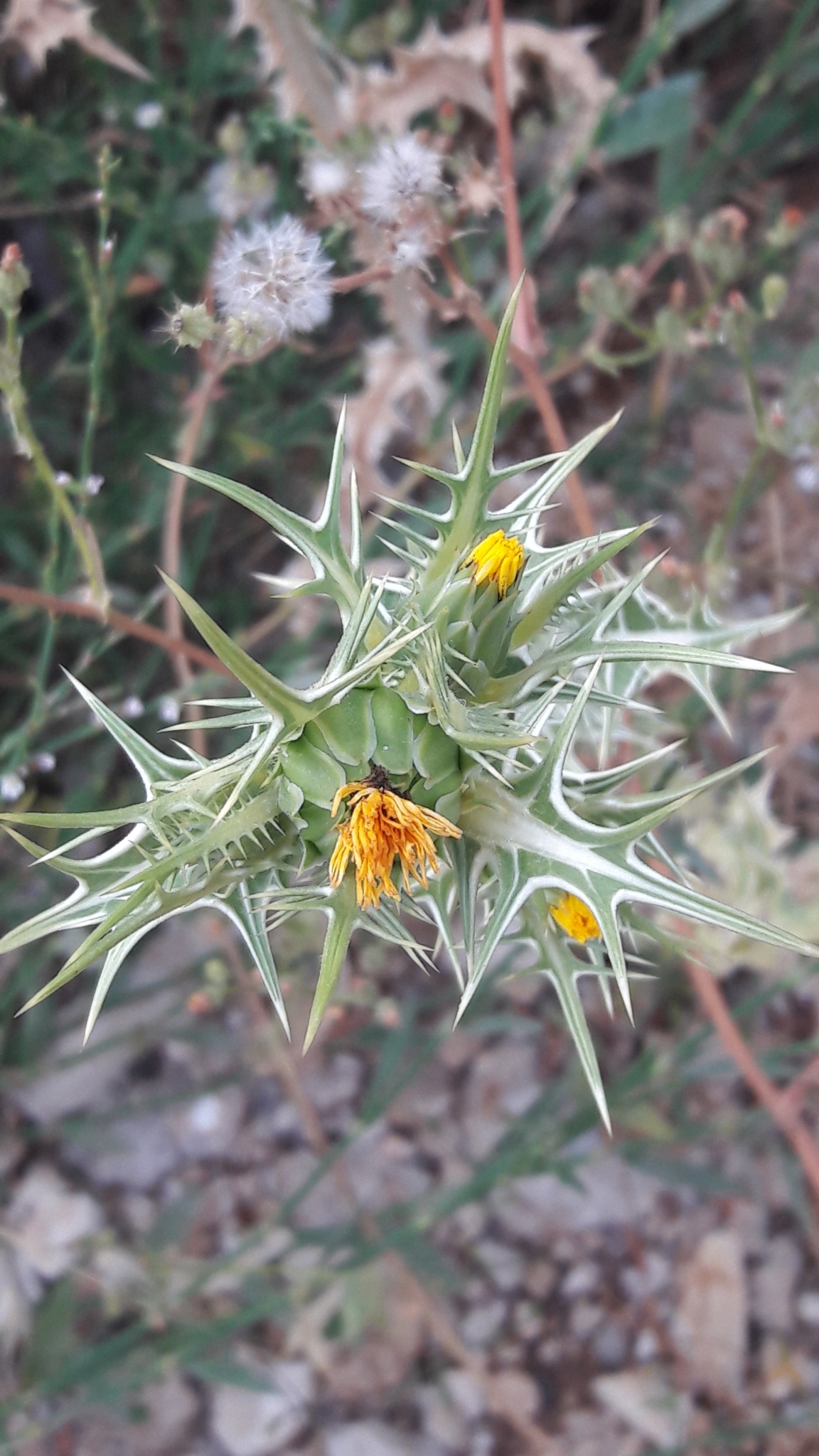Australian Plant Census (2011) available at: Vascular Plants APNI (biodiversity.org.au).
Auld, B.A. and Medd, R.W. (1987) Weeds: an illustrated botanical guide to the weeds of Australia. Inkata Press, Melbourne, Victoria.
Australia's Virtual Herbarium (AVH) (2007). Council of Heads of Australian Herbaria (CHAH). Available at: Home - AVH (chah.org.au)
Cunningham, G.M., Mulham, W.E., Milthorpe, P.L. and Leigh, J.H. (1981) Plants of Western New South Wales. Soil Conservation Service of New South Wales, Australia.
Department of the Environment and Heritage (DEH) (2004) European wild rabbit (Oryctolagus cuniculus): invasive species fact sheet, Department of Environment and Water Resources.
INRA (2000) Scolymus maculatus L. Hypermedia for Plant Protection - weeds (HYPPA). English version.
Murray, L. (1992) Scolymus maculatus L. PlantNET; New South Wales Flora Online. Botanic Gardens Trust, Sydney. Available at: PlantNET - FloraOnline (nsw.gov.au)
Nuez, F. and Hernández Bermejo, J.E. (1994) Neglected Crops: 1492 from a Different Perspective, In Plant Production and Protection Series No. 26. FAO, Rome, Italy. p. 303-332.
Parsons, W.T. and Cuthbertson, E.G. (2001) Noxious Weeds of Australia, 2nd edition, Inkata Press, Melbourne, Victoria.































